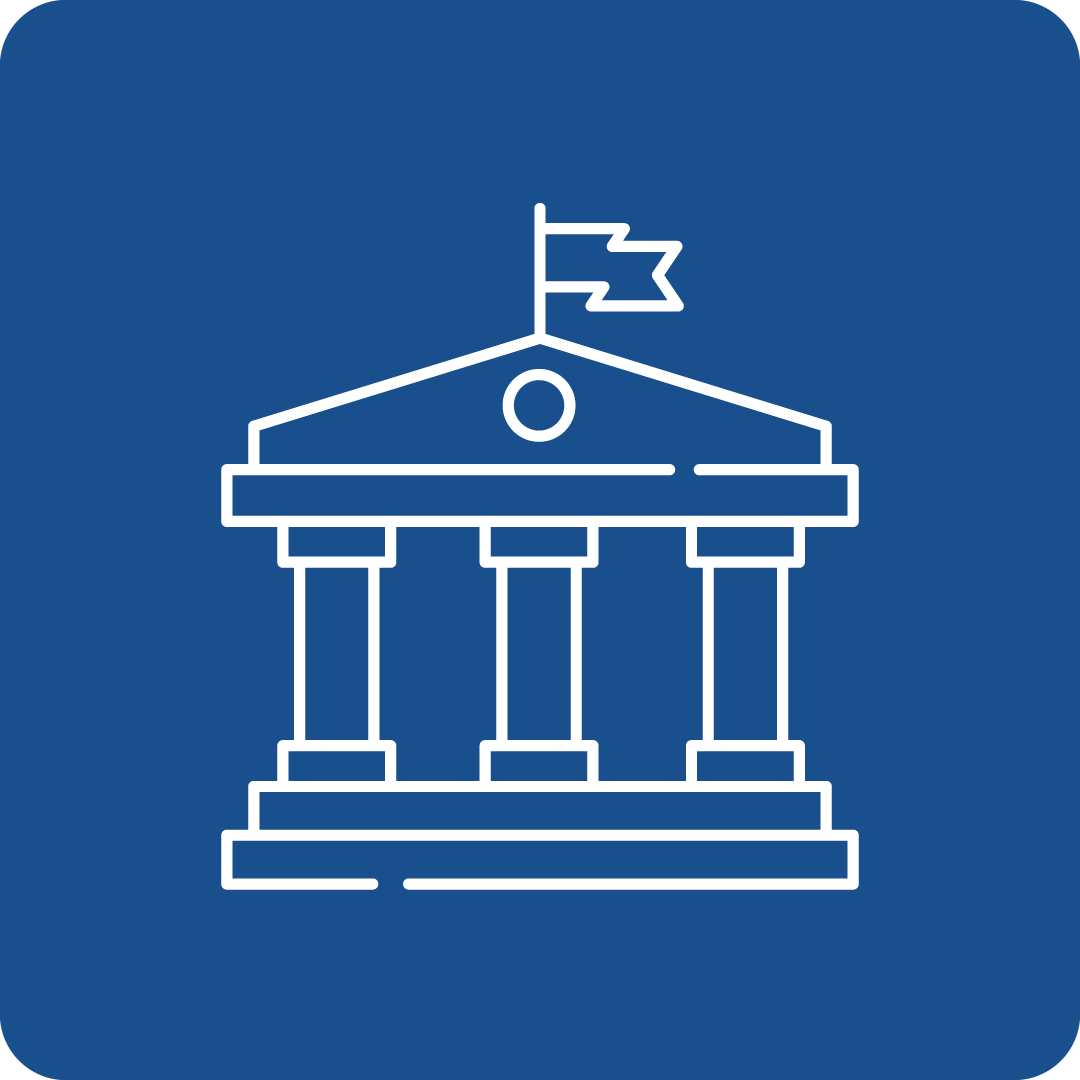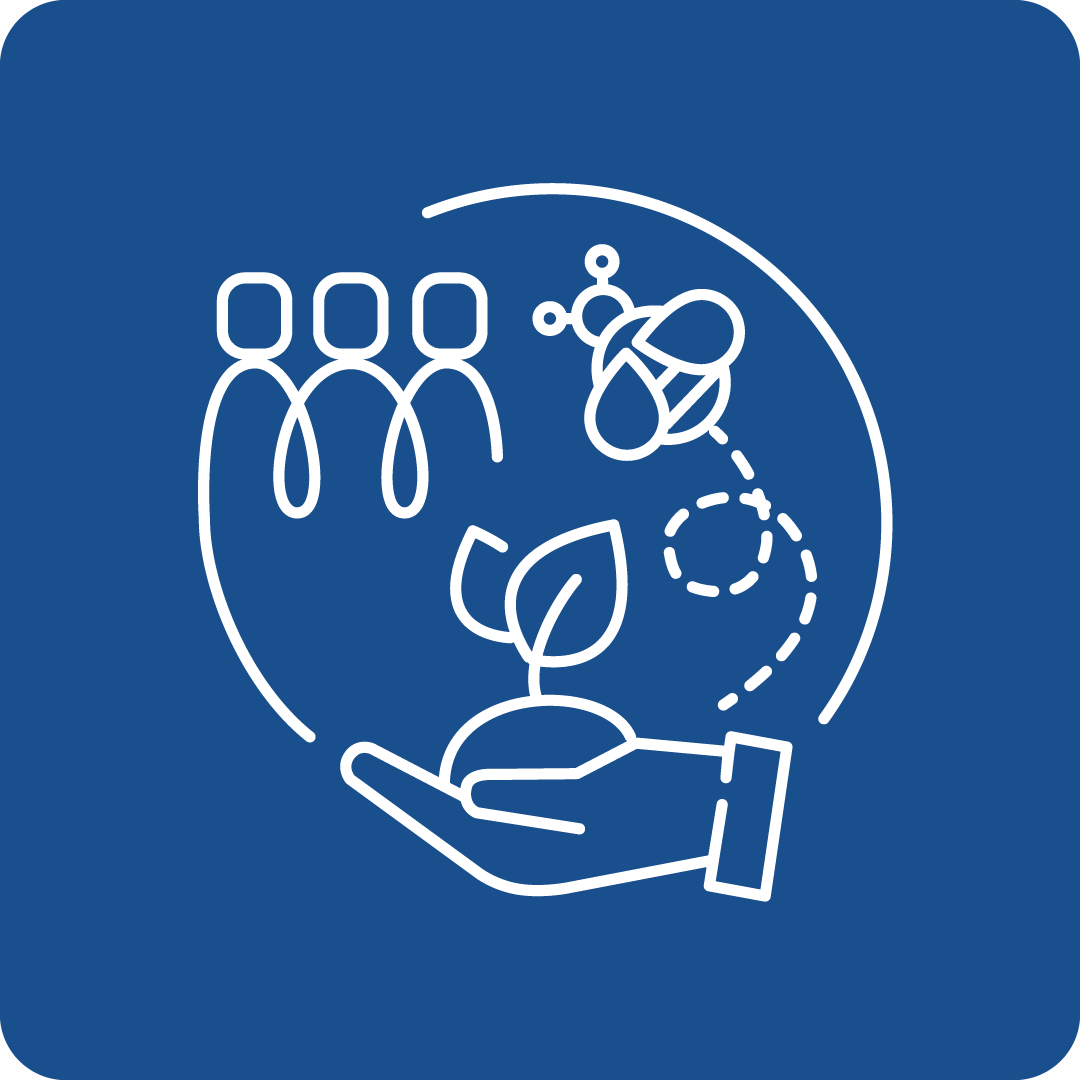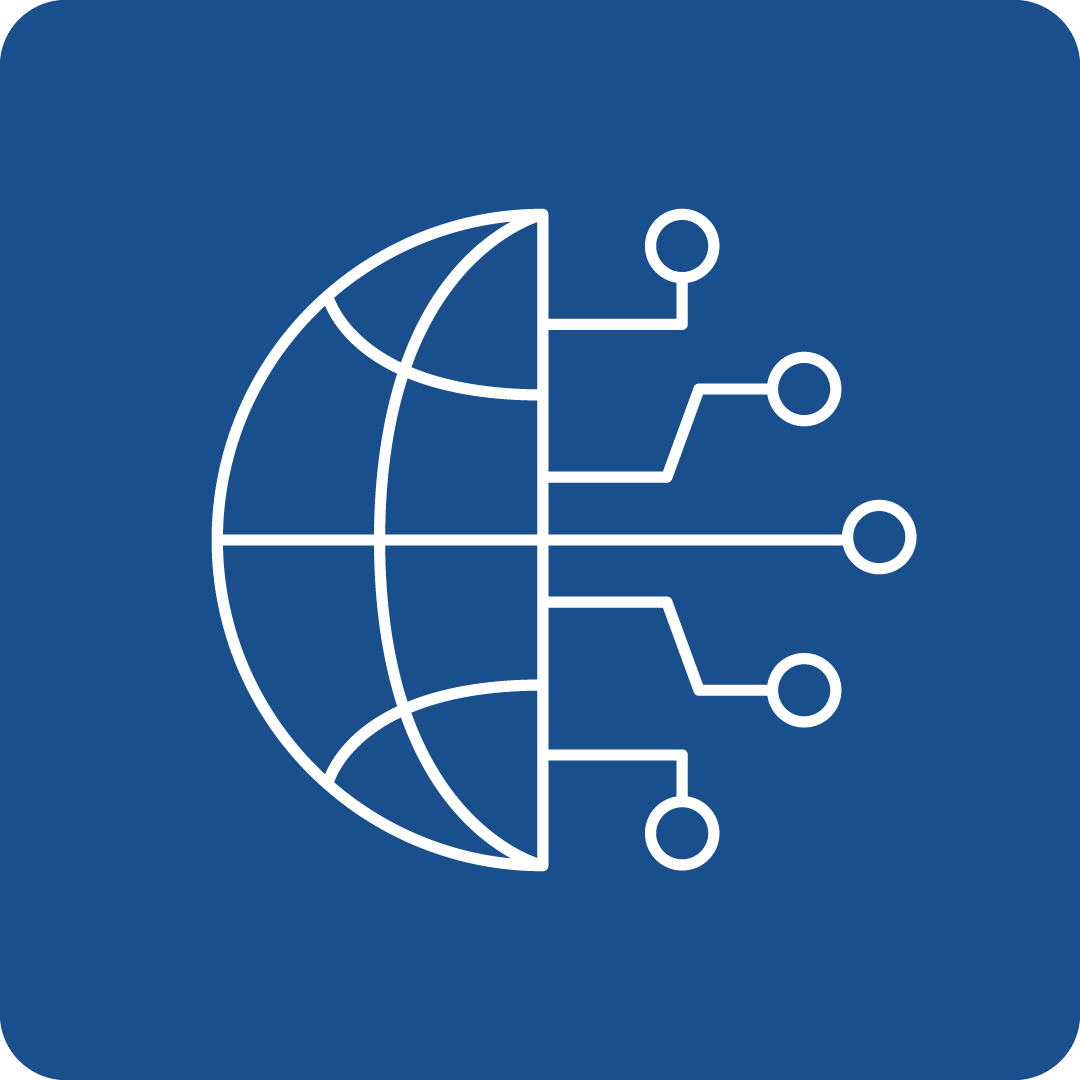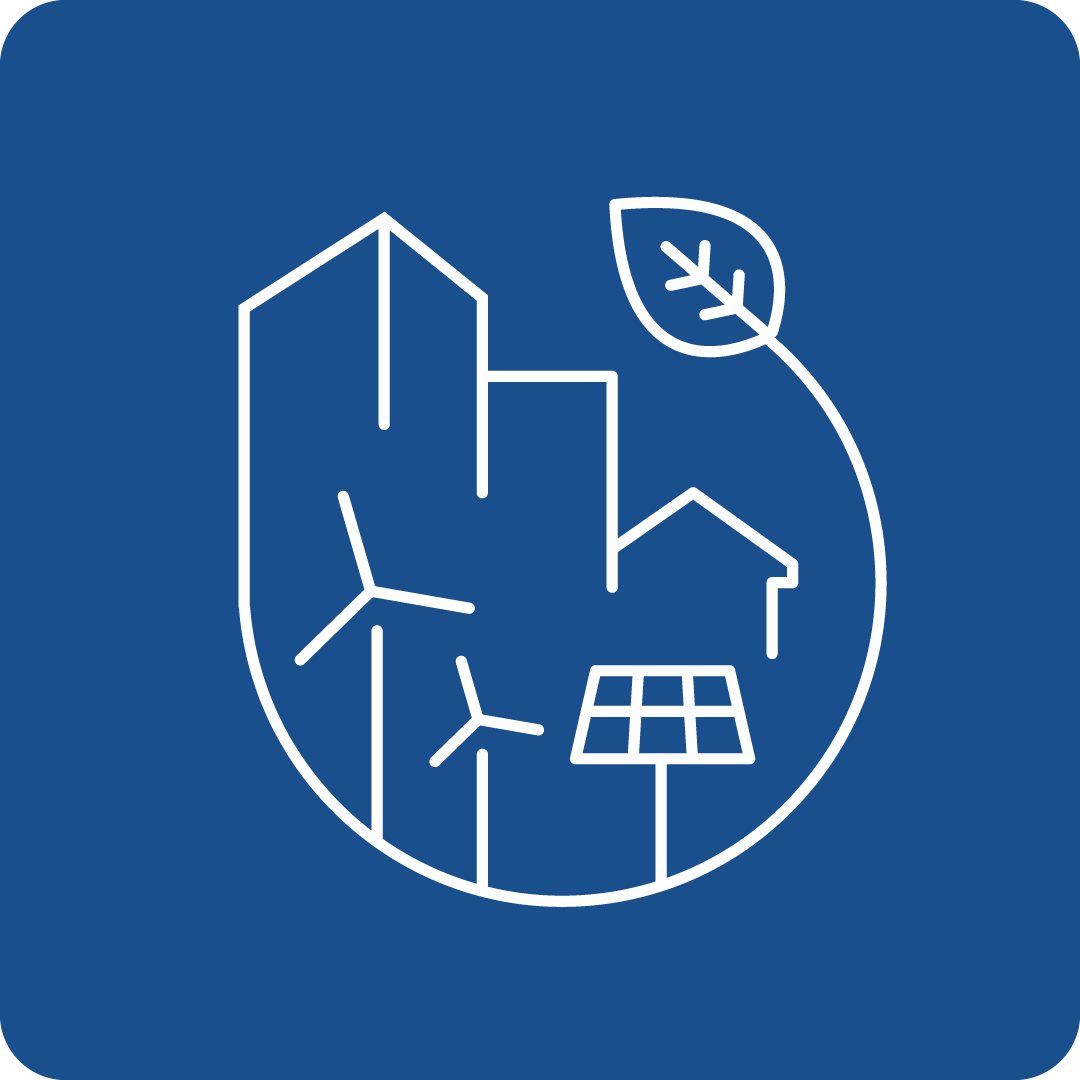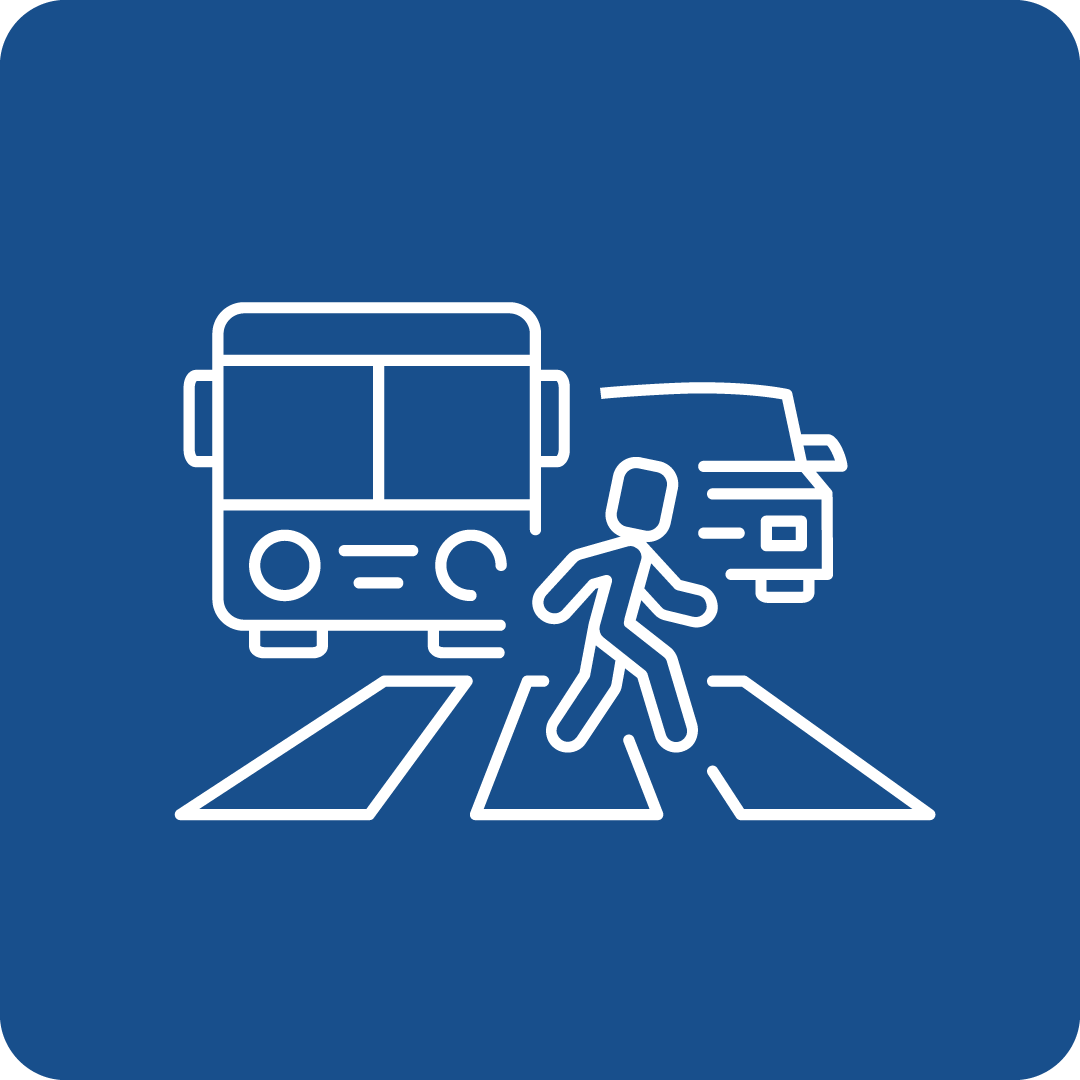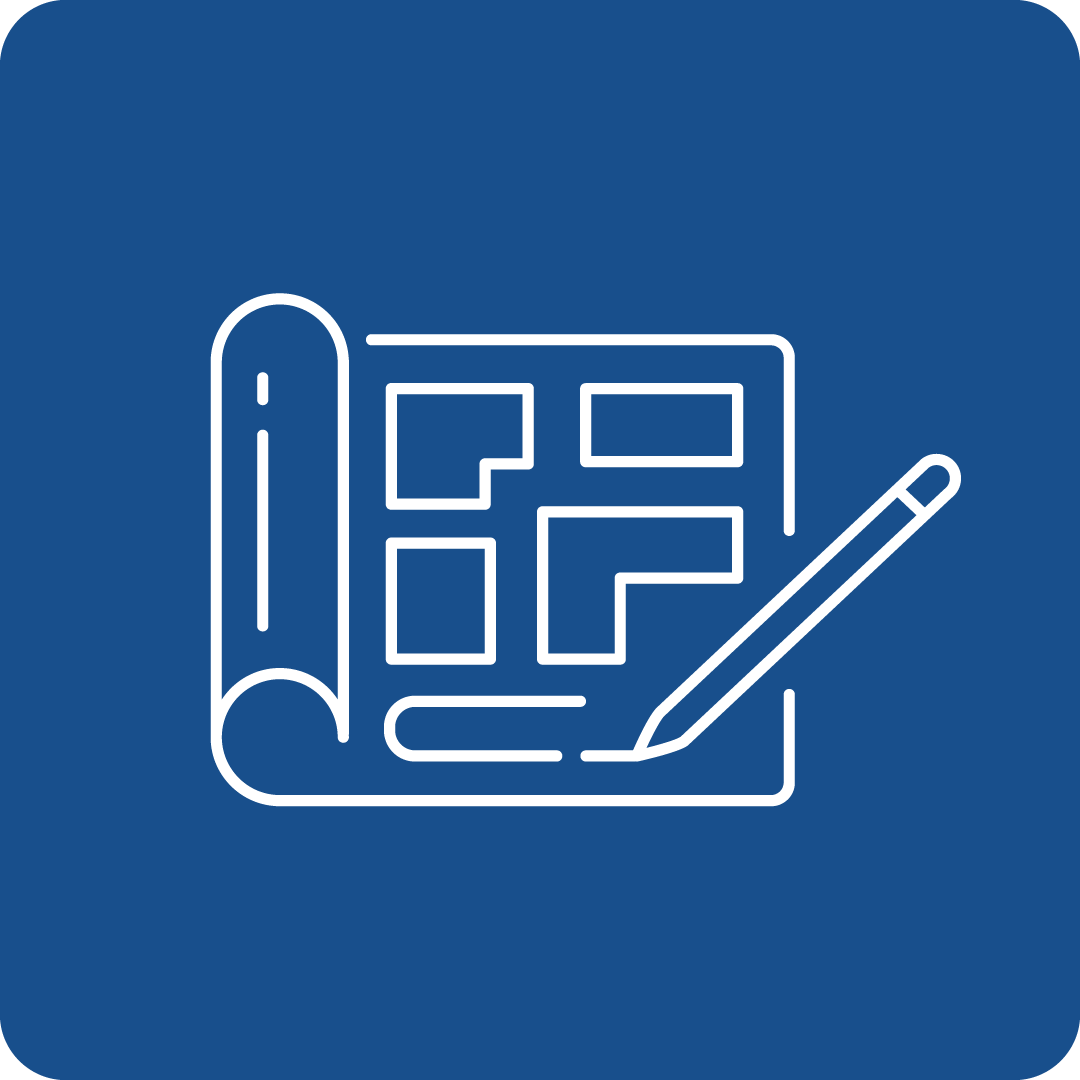Filter Search for grants
Call Navigation
Deadline expired
The deadline for this call has expired.
Call key data
EIT Urban Mobility Targeted Open Call 2025
Funding Program
European Institute of Innovation and Technology
deadlines
Opening
14.08.2024
Deadline
15.10.2024 17:00
Funding rate
65%
Call budget
€ 5,000,000.00
Estimated EU contribution per project
between € 250,000.00 and € 700,000.00
Link to the call
Link to the submission
Call content
short description
The EIT Urban Mobility targeted open call 2025 is open for applications. This Call falls under Innovation’s Targeted Projects Programme. This Programme has been initiated to address the gaps in EIT Urban Mobility's innovation portfolio with regards to the business plan, strategic agenda, and the external changes and influences such as technological developments, policies/regulations, and (urgent) events.
Call objectives
The overall purpose of the Innovation Programme is to address existing or anticipated mobility challenges facing European cities. In this regard, the EIT supports projects that can develop and test new solutions in real-life demonstrations and attain commercial viability by the end of the project.
The Call involves four separate topics. Each of them will be a standalone project and as such each topic should be applied to separately.
- Topic 1: The uptake of hydrogen refuelling stations for sustainable urban transport
This topic covers easy-to-deploy and/or hydrogen refuelling solutions that comply with a majority of EU countries’ safety regulation requirements and go beyond the current status of art for such stations. - Topic 2: Mitigating non-exhaust pollution stemming from urban transport
This topic covers solutions for the reduction of non-exhaust emissions (NEE) at source, NEE filtration near the source, NEE removal from the environment, and advanced non-exhaust particulate matter (PM) emissions monitoring. - Topic 3: Achieving Vision Zero and safety for vulnerable urban road user
This topic covers Intelligent transport systems solutions that reduce the number of fatalities and severe injuries on urban roads by preventing collisions, with a primary focus on vulnerable road users. - Topic 4: Promoting a competitive and sustainable European cycling industry
This topic covers solutions related to e-bike compliance with the new EU battery regulations, new business models and services for the cycling industry, and (e-)bike manufacturing innovations that promote onshoring and sustainable manufacturing.
read more
Expected effects and impacts
Topic 1: The uptake of hydrogen refuelling stations for sustainable urban transport
- The demo host must help the HRS manufacturer to obtain permission to operate.
- Proposals shall clearly refer to the state of art for the transportable HRS solution describing the standards of compliance, the main characteristics of the station, EU countries in which the station is already homologated, and the status of the Intellectual Property and strategy.
- The following specs can be requested as part of the final dossier of the station in the frame of the project:
- General description of technology concept
- Operations manual
- Maintenance plan or scheme including all periodicities
- CE certificates
- Equipment data sheets/certificates
- Product data sheets
- List of critical equipment on which FMEA is performed
- HAZOP of the whole HRS (if applicable)
- The safety considerations - safety system (detailed description)
Topic 2: Mitigating non-exhaust pollution stemming from urban transport
Proposals must lead to a substantiated reduction in non-exhaust pollution originating from mobility activities in urban spaces and reduce negative externalities of the system. This can be achieved through solutions that either (i) reduce non-exhaust emissions at source, (ii) remove existing particles near the source or from the environment, or (iii) monitor non-exhaust PM emissions effectively to allow real-time action to be taken.
Examples of solutions EIT Urban Mobility seeks to fund include:
- Solutions for the reduction of non-exhaust emissions at source: e.g. innovative tyre or braking system design/components/materials that are more resistant to wear, releasing fewer PM particles than traditional options.
- Solutions for the removal of non-exhaust emissions near the source: capture/filtration systems to be fixed on road/rail vehicles, e.g. on bus wheels.
- Solutions for non-exhaust pollution removal from the environment: capture/filtration systems to be fixed on road/rail infrastructure, e.g. in underground stations or carriages.
- Monitoring systems for advanced non-exhaust PM detection and categorisation enabling real-time actions by companies, passenger transport operators, or cities. This includes the deployment of sophisticated sensor networks and data analysis tools.
Topic 3: Achieving Vision Zero and safety for vulnerable urban road user
By enhancing the design, maintenance, and management of urban roads, these solutions aim to prevent collisions, mitigate traffic jams, and ensure safe layouts and timely maintenance, thereby reducing accidents involving vulnerable road users.
Examples of solutions EIT Urban Mobility seeks to fund include:
- Innovative Safety Evaluation Tools.
- Advanced technologies to assess pavement and road conditions and predict maintenance needs.
- Proactive traffic monitoring systems to detect vehicles, pedestrians, and cyclists, and prevent unsafe driving behaviour.
- Data-driven solutions to assess the risks of accidents in critical parts of the road, such as intersections, and suggest improvements to reduce that risk.
- Connected Vehicle Technology (V2X) like Vehicle-to-Infrastructure (V2I) communications and utilising real-time monitoring and response systems.
Topic 4: Promoting a competitive and sustainable European cycling industry
Examples of solutions EIT Urban Mobility seeks to fund include:
- Solutions to support the implementation of the new Batteries Regulation for LMT batteries:
- The repairability of e-bike batteries without compromising safety.
- Battery recycling and the upcycling, reuse, or repurposing of batteries.
- State-of-the-art Battery Management Systems (BMS) to enable information on the state of health and expected lifetime of batteries.
- Solutions related to new business models and services:
- Solutions to optimise and enhance bike sharing management, through predictive maintenance, battery swapping, data analytics and fleet operations.
- New repair and maintenance services, particularly linked to leasing companies.
- Solutions to support the second-hand bike and bike component markets.
- Solutions to onshore sustainable and competitive manufacturing of bike components:
- Robotisation and automation of (e-)bike (component) manufacturing.
- Development of cost-effective bike manufacturing components.
- Sustainable manufacturing processes and circularity-related services, including product passports.
read more
Expected results
Topic 1: The uptake of hydrogen refuelling stations for sustainable urban transport
EIT Urban Mobility supports the development and commercialisation of easy-to-deploy, transportable Hydrogen Refuelling Stations that can be homologated across most EU countries with existing regulatory frameworks, advancing the current state of the art.
Starting from an existing solution with a TRL6 or higher, participants are requested to develop/adapt a solution that can:
1. Be homologised in at least 3 out of the 5 EU countries, where specific HRS rules have already defined.
2. Dispense a minimum of 500kg/day. All HRS shall be able to have storage capacity added to accommodate increasing station throughput over time whilst complying with maximum daily supply frequency.
The following aspects also need to be considered:
- Hydrogen quality: The fuelling station shall not impair the quality of the hydrogen (including particles).
- Refuelling pressure: Vehicle refuelling can be achieved by direct fill from the compression system or via high pressure cascade.
- Compressor system:
- The compressor unit should be delivered as a package including complete instrument and HRS control package to ensure safe and reliable operation.
- The pressure and capacity of the hydrogen compression system shall be designed taking into account the footprint implications and economics.
- The type of compression system may vary. All types of compressors are acceptable (e.g. diaphragm, reciprocating, hydraulic, ionic liquid or cryo-pump) provided that they have been specifically designed with reference to hydrogen service.
- Important compressor safety requirements are related to the following:
- Safety controls shall be installed to ensure that temperature and pressure levels do not exceed or fall below set operating levels.
- No oxygen contamination shall occur in hydrogen supply.
- Vibrations from the compressor must not be transferred to connecting pipe work.
- The control sequence that starts-up and shuts down of the machine also stops the compressor if temperatures or pressures deviate from the required values.
- Safety from over-pressure is provided by soft-wired pressure relief and relief valves through the compression system.
- Positive isolation shall be applied such that the compressor can be isolated for maintenance.
- The compressor system and enclosure shall be designed in order to allow ease for maintenance work and have adequate lifting devices.
- Cooling system: HRS may be equipped by a cooling system to reach very low refuelling time without overheating or overfilling the vehicle on-board gaseous hydrogen storage tank, the hydrogen gas shall be temperature compensated.
- Dispensing system:
- It is strongly suggested to integrate in the dispensing system an infrared communication system to the vehicle according to SAE J2799.
- Dispensers shall be equipped with means to protect all operating controls and electrical wiring from climatic conditions
3. Improve at least 2 of the following operative parameters of the station based on the state of art (defined below). The rationale for the choice must be explained including the most relevant features of the existing model that will be used as a starting point. Target values for the selected parameters must be clearly defined.
- Refuelling time
- Max waiting time to fuel consecutive vehicles (back-to-back)
- Refuelling pressure (availability to distribute H2 at both 350 and 700 bar)
As part of the project, Consortia are also requested to:
4. Perform a full operational demo in at least 1 EU city during at least 1 month dispensing at least 500kg of H2 at 350bars and demonstrating the minimum time to refuel according with their proposal.
5. Deliver, with the support of EIT UM, a comprehensive study on the existing permitting requirements and risk assessment methodologies for transportable HRS for the EU member stated that have been selected at point 1, which will serve as the basis for developing and assembling the portable HRS and will be published for public use.
In terms of financial analysis, transportable HRS should be prepared for both renting and selling business model. In this sense, submitted proposals should also include an estimation of the expected retail and rental price for the final client.
Failure to fulfil any of the previous requirements (1 to 5) will result in the technical disqualification of the proposal. Proposals including additional operative parameters, countries for homologation, and/or demo hosts will be positively evaluated.
Topic 2: Mitigating non-exhaust pollution stemming from urban transport
EIT Urban Mobility will support the development and commercialisation of innovative solutions that mitigate non-exhaust pollution stemming from urban transportation. The focus is on non-exhaust emissions originating from both road and rail transport within urban environments.
The scope of this Call includes solutions that either reduce non-exhaust emissions at the source, remove existing particles near the source of from the environment, or monitor non-exhaust PM emissions effectively to allow real-time action to be taken.
Projects must involve end-users and/or clients, such as public transport operators or last-mile logistics fleets. Depending on the solution, project scope, and marketisation potential, it can be advantageous to include an OEM (vehicle manufacturer). Research institutes can play a key role to validate the solution and measure impacts. Solutions should be cost-effective and avoid significantly affecting the daily operations of end-users such as cities, public transport operators, or private logistics providers.
Topic 3: Achieving Vision Zero and safety for vulnerable urban road user
The EIT Urban Mobility is committed to the EU’s Vision Zero goal and supports the development and commercialisation of Intelligent Transport Systems (ITS) to reduce fatalities and severe injuries on urban roads. This effort focuses on vulnerable road users and includes proactive solutions related to road infrastructure design, maintenance, and operations.
A safe road infrastructure must integrate security aspects throughout the road's life cycle, from initial design through maintenance and operations.
- Road infrastructure design involves planning and creating the layout and features of roadways to ensure functionality and safety; in this phase, integrating Intelligent Transport Systems (ITS) can optimise traffic management and prevent potential collisions.
- Road infrastructure maintenance includes regular and preventive activities to keep road quality, utilising ITS for timely issue detection and efficient repair scheduling. Also, the use of safety auditing tools has been proven to reduce traffic accidents by 10-25% across the entire life cycle and up to 20% for existing roads.
- Road infrastructure operations encompass daily management and traffic control, benefiting from ITS technologies to monitor traffic flow, prevent incidents, and provide real-time information to road users.
Topic 4: Promoting a competitive and sustainable European cycling industry
EIT Urban Mobility aims to fund innovative solutions that promote a competitive and sustainable European cycling industry, focusing on three sub-topics: light means of transport (LMT) batteries, new services and business models, and sustainable local manufacturing.
- LMT Batteries
In August 2023, the EU introduced the new Batteries Regulation to enhance transparency and sustainability across the battery supply chain. This regulation also targets batteries for LMTs, including e-bikes. It mandates requirements such as European Conformity (CE) markings by 2024, providing information on the state of health and expected lifetime of batteries by 2024, and implementing a battery passport by 2027.
Additionally, by 2027, batteries must be removable and replaceable, by independent professionals. For LMT batteries specifically, this includes the requirement that the cells within the battery pack must be removable and replaceable. The regulation also sets ambitious targets for recycling and material recovery, further emphasising environmental responsibility.
Given the significant growth of the e-bike market, and the Light Electric Vehicle (LEV) market as a whole, 23 million new LEVs are expected to be on the road by 2030, with e-bikes accounting for 60% of them. Therefore, innovative solutions for LMT batteries are needed to effectively comply with EU regulations and meet the growing demand.
- New services and business models
The Mobility Transition Pathway emphasises the crucial link between industry and service providers in the mobility sector. Europe is at the forefront of developing cycling services and new business models such as public and private ride-sharing schemes, subscription models, leasing, repairs, and bike refurbishments.
On the one hand, existing services like bike sharing need optimisation and innovation to expand and serve more citizens effectively. This includes adding more cargo bikes to sharing fleets, implementing innovative solutions for the management of ride-sharing fleets to reduce costs and increase margins, and making fleets more sustainable. On the other hand, the rapid rise of e-bikes and increased leasing opportunities have opened up numerous new opportunities in the cycling services sector. This growth allows for the creation of an ecosystem of services, similar to the automotive sector, including digital retail, insurance, and maintenance/repair, ultimately improving the customer experience.
- Sustainable and local manufacturing
The COVID-19 pandemic exposed significant vulnerabilities in global supply chains, particularly in bicycle manufacturing, due to delays and shortages. The EU is advocating for onshoring bike and bike component manufacturing to enhance supply chain resilience, reduce reliance on foreign suppliers, and promote sustainability. To address these issues, Europe is pushing for increased local production, as much of the manufacturing currently occurs in Southeast Asia, even though assembly often happens in Europe. Onshoring can reduce the carbon footprint from transportation and logistics, and Europe's strict environmental standards encourage greener manufacturing processes. This move also aims to create jobs and stimulate local economies. The continuous increase in electric bike demand highlights the need to boost manufacturing capacity in Europe, potentially through advanced technologies and automation.
read more
Eligibility Criteria
Regions / countries for funding
Moldova (Moldova), Albania (Shqipëria), Armenia (Հայաստան), Bosnia and Herzegovina (Bosna i Hercegovina / Босна и Херцеговина), Faeroes (Føroyar / Færøerne), Georgia (საქართველო), Iceland (Ísland), Israel (ישראל / إِسْرَائِيل), Kosovo (Kosova/Kosovë / Косово), Montenegro (Црна Гора), Morocco (المغرب), New Zealand (Aotearoa), North Macedonia (Северна Македонија), Norway (Norge), Serbia (Srbija/Сpбија), Switzerland (Schweiz/Suisse/Svizzera), Tunisia (تونس /Tūnis), Türkiye, Ukraine (Україна), United Kingdom
eligible entities
Education and training institution, International organization, Non-Profit Organisation (NPO) / Non-Governmental Organisation (NGO), Other, Private institution, incl. private company (private for profit), Public Body (national, regional and local; incl. EGTCs), Research Institution incl. University, Small and medium-sized enterprise (SME)
Mandatory partnership
Yes
Project Partnership
This Call for Proposals is open to all legal entities established in European Union (EU) Member States, and/or in third countries associated with Horizon Europe. These legal entities may be small and medium enterprises (SMEs), universities, research and technology organisations, cities or large businesses, among others. Entities established in Switzerland are eligible to participate at their own cost. These entities are not eligible to receive EIT funding.
All proposals must be composed of at least two independent legal entities established in two EU Member States and/or third countries associated with Horizon Europe.
The consortium composition must be in line with the following requirements, which are part of the eligibility criteria.
- A commercial partner: one partner of the consortia is identified as the lead commercialisation applicant and is responsible for the financial sustainability mechanism (FSM).
- Demo host: at least one pilot host where the proposed solution will be demonstrated (linked to KPI: KSN02 or/and KONHE31). Demo hosts could be:
- a city/municipal government or,
- a company
Importantly, one single entity cannot be both a commercial partner and a demo host in the same proposal. The commercial partner and the demo host need to be legal entities that are independent of each other.
The implementation of projects is a core activity of EIT Urban Mobility. Beyond this activity, the EIT Urban Mobility community connects members and runs networking activities to design and plan strategic actions to drive impact and enable systemic change, including accelerating market adoption of innovative solutions into everyday city operations.
If an application is selected for funding, then applicants will be required to become part of the community and to choose one of the following membership categories when they launch their projects.
- Gold members: pay an annual fee of €30,000 and have full access to all benefit packages offered by EIT Urban Mobility.
- Silver members: pay an annual fee of €10,000 and have limited access to all benefit packages offered by EIT Urban Mobility. In the case of small enterprises and NGOs, a reduced annual fee of €5,000 will be applied.
- Cities are offered a special membership package: Leading cities: with an annual fee of €10,000, they have full access to the gold membership package and the additional city-specific service.
A detailed description of all packages and related benefits, and the registration and conditions for membership is given on our website: https://www.eiturbanmobility.eu/become-a-partner/.
other eligibility criteria
All proposals must have a minimum co-funding rate of 35% across the project. Partners in a consortium may have different co-funding rates as long as the overall project co-fund meets the required 35% minimum. Any co-funding rate above 35% will be positively assessed by the Selection Committee
The estimated EIT funding allocated to this Call is €5 million. The amounts are expected to be allocated according to the estimations outlined below.
Topic 1: The uptake of hydrogen refuelling stations for sustainable urban transport: € 650,000.00
Topic 2: Mitigating non-exhaust pollution stemming from urban transport: € 2,000,000.00
Topic 3: Achieving Vision Zero and safety for vulnerable urban road user: € 850,000.00
Topic 4: Promoting a competitive and sustainable European cycling industry: € 1,500,000.00
Additional information
Topics
Relevance for EU Macro-Region
EUSAIR - EU Strategy for the Adriatic and Ionian Region, EUSALP - EU Strategy for the Alpine Space, EUSBSR - EU Strategy for the Baltic Sea Region, EUSDR - EU Strategy for the Danube Region
UN Sustainable Development Goals (UN-SDGs)
![]()
![]()
![]()
![]()
![]()
![]()
project duration
12 months
Additional Information
Before starting to draft a proposal, all applicants (Project Leader and consortium partners) must follow the following steps:
- STEP 1: register in the EU Funding & tender opportunities portal to obtain the nine-digit Participant Identification Code (PIC number). If an organisation has already a PIC number, there is no need to register again.
- STEP 2: access the new EIT Urban Mobility NetSuite platform, by submitting the Partner Information Form (PIF). NB: For organisations that are already registered in the PLAZA platform, do not submit the PIF form but contact the EIT Urban Mobility Service Desk servicedesk@eiturbanmobility.eu: you will be provided with the credentials to access the new NetSuite platform.
- STEP 3: access the EIT Urban Mobility NetSuite platform and find the open calls under menu --> Call for Proposals --> Open Calls.
The following documentation must be submitted by the Project Leaders through the Netsuite online submission platform no later than 15 October 2024 at 17.00 CET:
- Application form,
- Business Model Canvas (see template),
- Other supporting documents:
- Letter of commitment (if applicable),
- Freedom to operate study (recommended),
- A link to a one-minute video demonstrating the current TRL of the solution (recommended).
Please carefully read the registration and submission processes outlined in the Guidelines for Applicants document. Be aware that registration of a new entity in the submission tool can take two working days. Therefore, ensure that all project partners are correctly registered in the submission tool a few days before the deadline. Any proposals submitted after the deadline will be ineligible.
Call documents
EIT Urban Mobility Targeted Open Call 2025 Call ManualEIT Urban Mobility Targeted Open Call 2025 Call Manual(657kB)
Contact
To see more information about this call, you can register for free here
or log in with an existing account.
Log in
Register now
